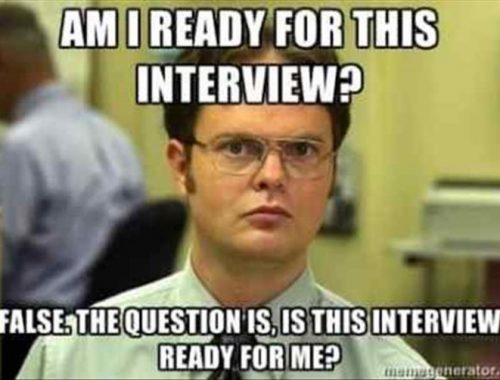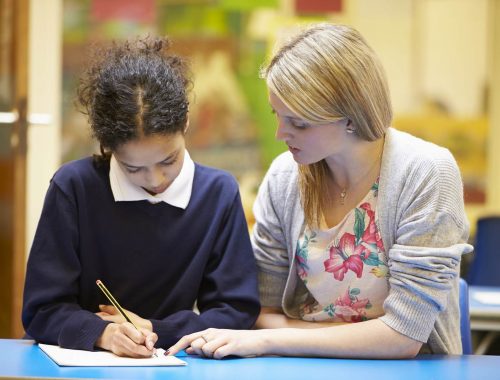Out of the Blocks
Throughout this blog, I will be making use of Borton’s (1970) model of reflection, to reflect upon, and evaluate my work-based learning experience so far. The first job that I had with National Museums Northern Ireland (NMNI) was working with the Railway Preservation Society of Ireland (RPSI). We were tasked with creating a series of short interviews for the Whitehead Railway Musuem’s website and social media outlets. When I first arrived, I can remember feeling enthusiastic and I was eager to hear what I would be doing not just for this first job; but for the rest of my 100 hours of placement. I was told that I would be doing much of the practical work that I have been doing in university, which was not only a relief, but also, I was made more enthusiastic as I have considered how I would use the practical skills that I have gained through my time at university in a realistic workplace environment.
After we did a bit of location scouting, I began to put the practical skills I have gathered from university to use. When applying Borton’s (1970) model of reflection to the first part of my work for the RPSI; the “What?” portion of Borton’s (1970) model relates to the fact that I was fortunate to be given the freedom to be creative in framing shots by my supervisor Peter Carson, I was also asked for my opinion on lighting, both how to make the best use of the studio lights and how best to accommodate for the natural lighting when filming outside. I have also been asked to participate in the editing process, within this I have been asked to give my own creative input, but I have also been taught the editing process and been shown many different features of Adobe Suite. I have also been able to improve my interpersonal skills through working as part of the production team and linking to this my social skills have also increased through interviewing people as I try and calm their nerves before they give their piece to camera.
Moving on to the “So What?” section of Borton’s (1970) model, the opportunities that I was given while creating the short social media videos for the RPSI have helped me to better understand how to apply what I have learned in university to the workplace. Similarly, I have had valuable feedback from my supervisor and his over 30 years of experience in the media industry has given me a good idea of how to improve my creative decisions, and how my creative decisions can be used to help with the post-production process. Again, touching on the post-production process, I have learned a lot about editing, which was an area of filmmaking that I had little experience in. Some of the things that I have learned relating to editing within my time with NMNI are how important it is to have a keen eye for detail, the importance of consistency and efficiency, as well as some creative editing techniques. Finally, when relating this portion of Borton’s (1970) model to my interpersonal skills that I have gained, I have been able to see the importance of these skills in putting interviewees at ease as it leads to a more efficient and better overall product.
When considering the final aspect of Borton’s (1970) model of reflection, where he encourages us to ask ourselves “Now What?”, I believe that in the brief amount of time I have been with NMNI so far, I have already become far more familiar with the transferrable skills that I need to take from my university studies and practical work and apply them to the workplace. However, I also understand that my work-based learning acts as a two-way street, in that there are certain skills that I have gathered from working with NMNI, that can be effectively applied to my final academic year at university. For example, as previously mentioned, I have been trained in how NMNI edits their content and partaking in the editing process has inspired me to put myself forward for the editing and sound responsibilities for our final short film assessment in the module Advanced Film Practice 1 and 2 (FLM: 3001 and FLM: 3011) despite not having the most experience within the role. Following on from this, I also believe that because I have been given feedback on how I had lit and framed interviews, I am able to take the feedback I have received into account for our final short film assessment in the module Advanced Film Practice 1 and 2 (FLM: 3001 and FLM: 3011).
Overall, when referring to Borton’s (1970) model of reflection to reflect upon my time so far working with NMNI, I am very pleased with how my placement has helped me so far, such as, making me better understand the transferability of skills from university to the workplace, giving me new skills, for example, skills within editing, cinematography and lighting, and allowing me to receive feedback from someone who has worked in the media industry for over 30 years which I can take into my final year of university, and desired my future career in media. Finally, the development of interpersonal communication will help me with group work in my final short film assessment in the module Advanced Film Practice 1 and 2 (FLM: 3001 and FLM: 3011).
References
Borton. T (1970), Reach, Touch and Teach, New York: Mulgrew-Hill Inc
Into the Deep End
TO JUST GET STARTED
You May Also Like

Job Interviews: Selling Yourself For A Pay Cheque
24 February 2023
“Fake it ‘til you make it!”: Finding Success in a Simulated Interview
22 February 2023
